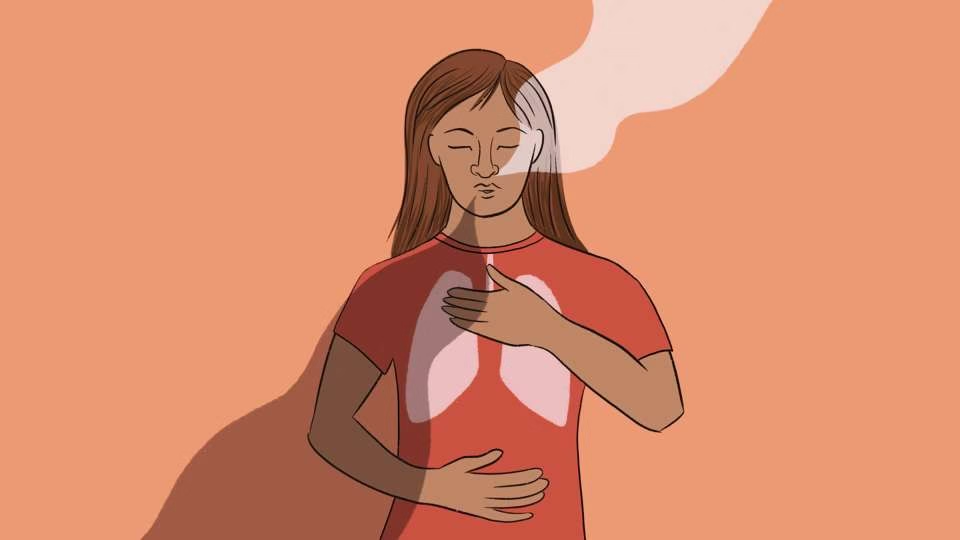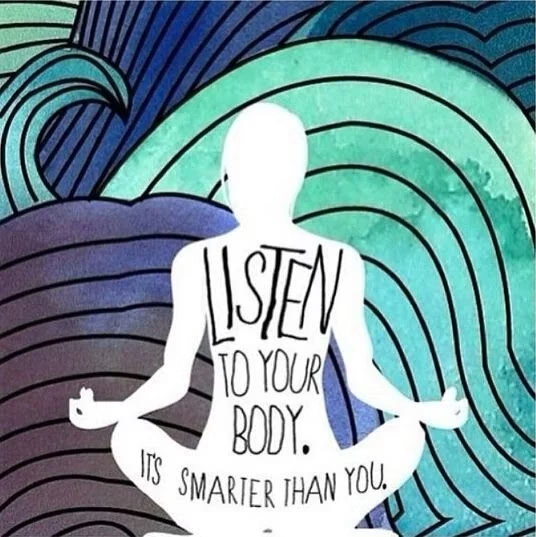Your cart is currently empty!

What Is Somatic Healing and Why Is It Important for Trauma Recovery?
Somatic healing is a body-based therapy that focuses on releasing trauma stored in the nervous system. Unlike traditional talk therapy, somatic healing techniques emphasize movement, breathwork, and body awareness to help individuals reconnect with their bodies, reduce stress, and promote emotional resilience.
Trauma is not just psychological—it lives in the body. Somatic practices help process unresolved trauma by regulating the nervous system and allowing stuck energy to move and release.
How Trauma Is Stored in the Body
When we go through traumatic events, our bodies often enter survival modes like fight, flight, or freeze. If we don’t complete these responses, the energy becomes trapped, leading to symptoms such as:
- Chronic pain and muscle tension
- Anxiety, panic attacks, or hypervigilance
- Emotional numbness or dissociation
- Sleep disturbances
- Digestive issues
- Difficulty relaxing or feeling safe
Somatic therapy helps by creating safe, mindful movement experiences that release these patterns from the body.
Top Somatic Healing Techniques for Trauma Relief
1. Body Scanning
This foundational somatic technique builds body awareness and helps detect where trauma may be held.
How to do it: Sit or lie down comfortably. Mentally scan your body from head to toe, noticing areas of tension, numbness, or sensation. Breathe into those areas gently.
2. Grounding and Orienting
Grounding exercises help you return to the present moment and feel secure in your environment.
Try this: Place your feet flat on the ground. Feel the surface beneath you. Look around and name five things you see, hear, or smell.
3. TRE® (Tension & Trauma Releasing Exercises)
Developed by Dr. David Berceli, TRE® uses specific exercises to activate the body’s neurogenic tremors, which help release deep muscular tension and stored trauma.
4. Somatic Movement and Dance Therapy
Movement therapies encourage emotional expression and energy flow through unstructured, intuitive movement. Practices like ecstatic dance, authentic movement, or trauma-informed yoga can be powerful tools.
5. Pendulation and Titration (Somatic Experiencing®)
Coined by Dr. Peter Levine, these techniques involve gently shifting between comfort and discomfort to process trauma safely, without overwhelm.

Scientific Support for Somatic Healing
Modern research supports the body-based approach to trauma. According to Dr. Bessel van der Kolk, author of The Body Keeps the Score, trauma imprints on the body—not just the mind.
Polyvagal theory, developed by Dr. Stephen Porges, also shows how somatic techniques can regulate the autonomic nervous system, helping people shift from survival mode to safety and connection.
Benefits of Somatic Therapy for Trauma
- Enhances emotional regulation
- Reduces anxiety and chronic stress
- Improves body awareness and connection
- Releases physical tension and trauma symptoms
- Supports nervous system healing and resilience
- Boosts self-trust and embodied presence
Getting Started With Somatic Healing
If you’re new to somatic practices, consider these steps:
- Work with a certified somatic therapist or trauma-informed bodyworker
- Start small with daily body scans or grounding exercises
- Create a safe space for practice—free from distractions
- Be patient: somatic healing is a gradual process that honors your body’s pace
Final Thoughts: Healing Trauma Through Movement and Awareness
Somatic healing is a transformative, evidence-based approach to trauma recovery. By listening to the body and using mindful movement, breath, and awareness, individuals can safely process trauma and reconnect with themselves.
Whether you’re dealing with chronic stress, anxiety, or emotional overwhelm, somatic therapy offers a powerful path to healing—one rooted in the wisdom of the body.
Want to learn more about trauma healing and body-based wellness?
Subscribe to our newsletter or follow us for somatic tips, guided exercises, and holistic health insights through our courses.
